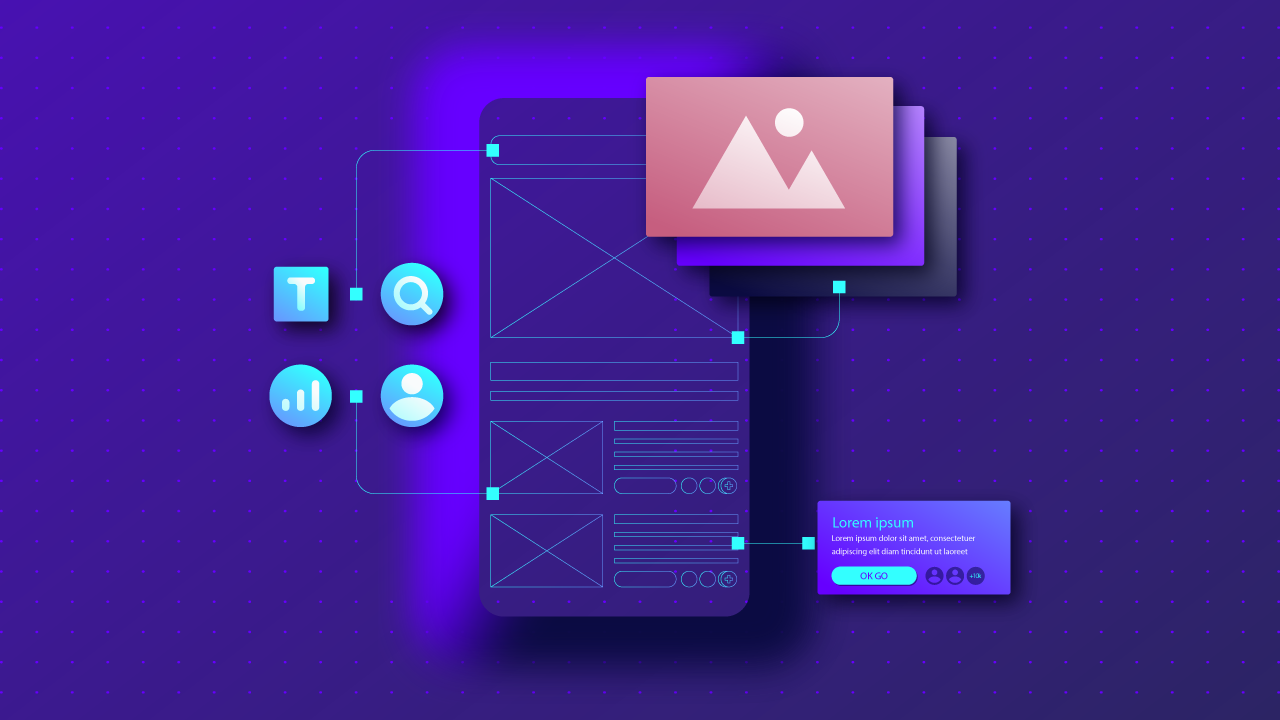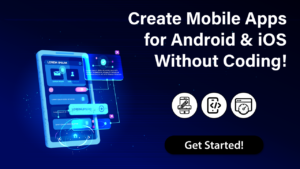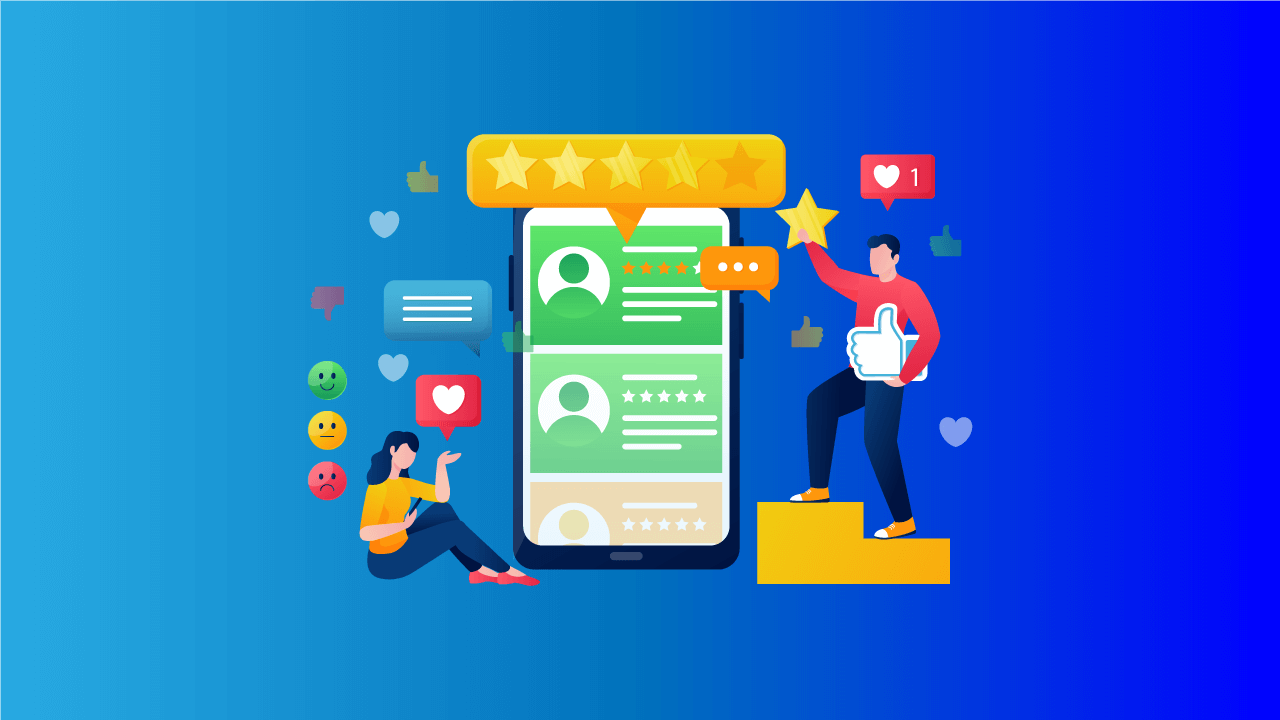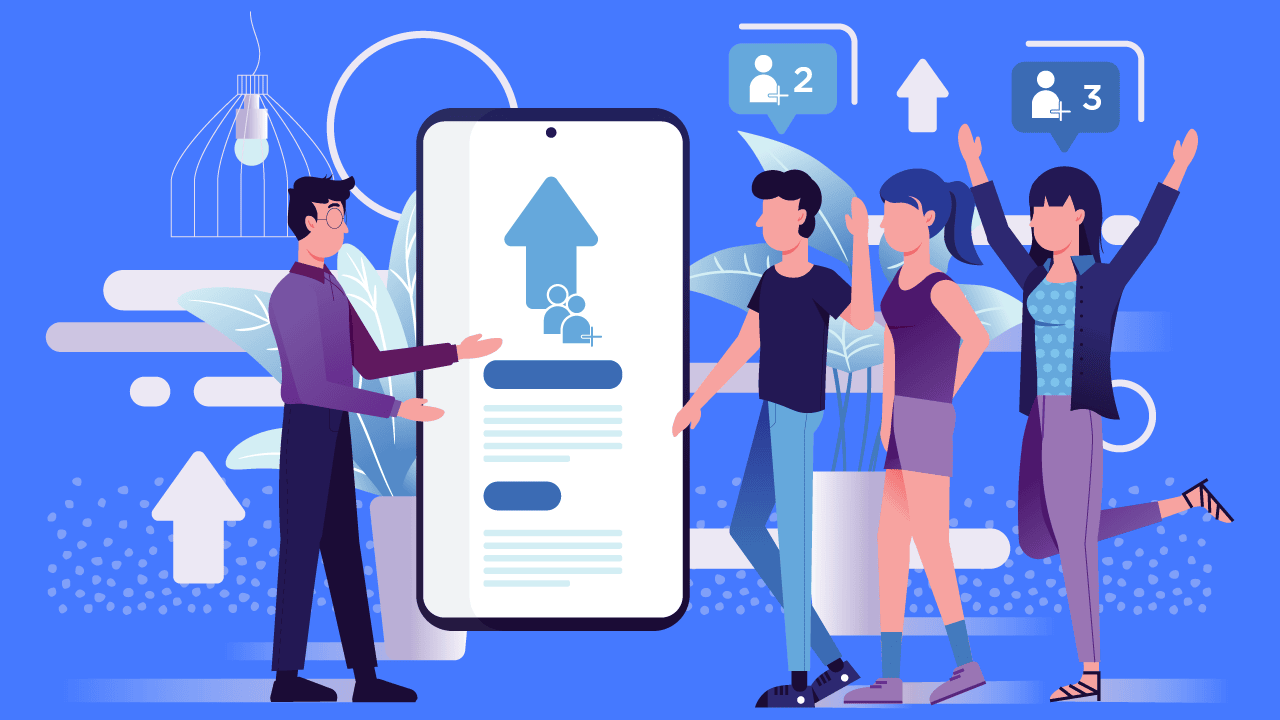Introduction
App Deep Linking is a technology that helps you quickly take your users directly to the content they are looking for, no matter what device or operating system they use. With this technology, you can provide seamless navigation across different apps, web pages, and even in-app content.
It’s an invaluable tool for optimizing user experience and driving engagement. With App Deep Linking, you can easily create direct links between apps, enabling users to navigate faster and more effectively. This technology can make the user experience much smoother and boost your brand awareness. So make sure to take advantage of this unique technology.
This technology is an invaluable asset for any business in the digital age, enabling them to create direct links between apps and web pages. It allows users to move from one app or web page to another without re-entering information or navigating through complex menus. This makes navigation much easier and more intuitive, resulting in a better user experience overall.
Advantages of App Deep Linking
- Increases User Engagement: App Deep Linking helps to increase user engagement by creating a more intuitive and efficient navigation experience.
- Enhances Brand Visibility: By providing direct links between apps, App Deep Linking helps make your brand more visible while increasing its recognition across different platforms.
- Improves User Experience: App Deep Linking enhances the user experience by making navigation more accessible and seamless.
- Enhances Cross-Platform Compatibility: By providing direct links between different platforms, App Deep Linking helps to ensure better compatibility between devices and operating systems.
- Boosts Conversion Rates: With an improved user experience and increased brand visibility, App Deep Linking helps to boost conversion rates by providing users with a smoother and more efficient navigation experience.
- Increases SEO Rankings: App Deep Linking also helps to expand your search engine rankings, as direct links are treated favorably in the eyes of Google and other search engines.
- Enhances User Retention: By providing a better user experience and increasing brand visibility, App Deep Linking helps to ensure higher user retention rates.
- Saves Time: With direct links between apps and web pages, users don’t have to navigate complex menus or re-enter information. This makes navigation much quicker and more efficient.
- Enhances Security: By providing direct links between apps, App Deep Linking helps to ensure better security of sensitive data as it doesn’t have to travel through multiple channels.
- Increases Revenues: By improving user experience and increasing conversion rates, App Deep Linking helps to increase overall revenues by providing users with a more seamless and efficient navigation experience.

By leveraging the power of App Deep Linking, businesses can quickly and easily provide users with a better navigation experience while also maximizing their profits!
Types of App Deep Links
- Universal Links: Universal links are the most common type of deep linking, and they provide a direct link between apps and web pages. These links can be used to access native content within an app and launch external websites or mobile web pages.
- Custom URI Schemes: Custom URI schemes are deep linking used to access specific content within an app. For example, a company may use custom URI schemes such as “myapp://product/123” to launch a product page for the item with ID 123.
- App Links: App links are similar to universal links but provide more control over how users are redirected to different pages within an app. For example, a company might use an app link to direct users from their website to their mobile app’s account page.
- Deferred Deep Linking: Deferred deep linking is a type of deep linking that allows users who don’t already have your app installed on their device to be directed to the correct page within the app once it is installed. This type of deep linking helps to ensure that users are required to the right page, regardless of where they come from or how they access your app.
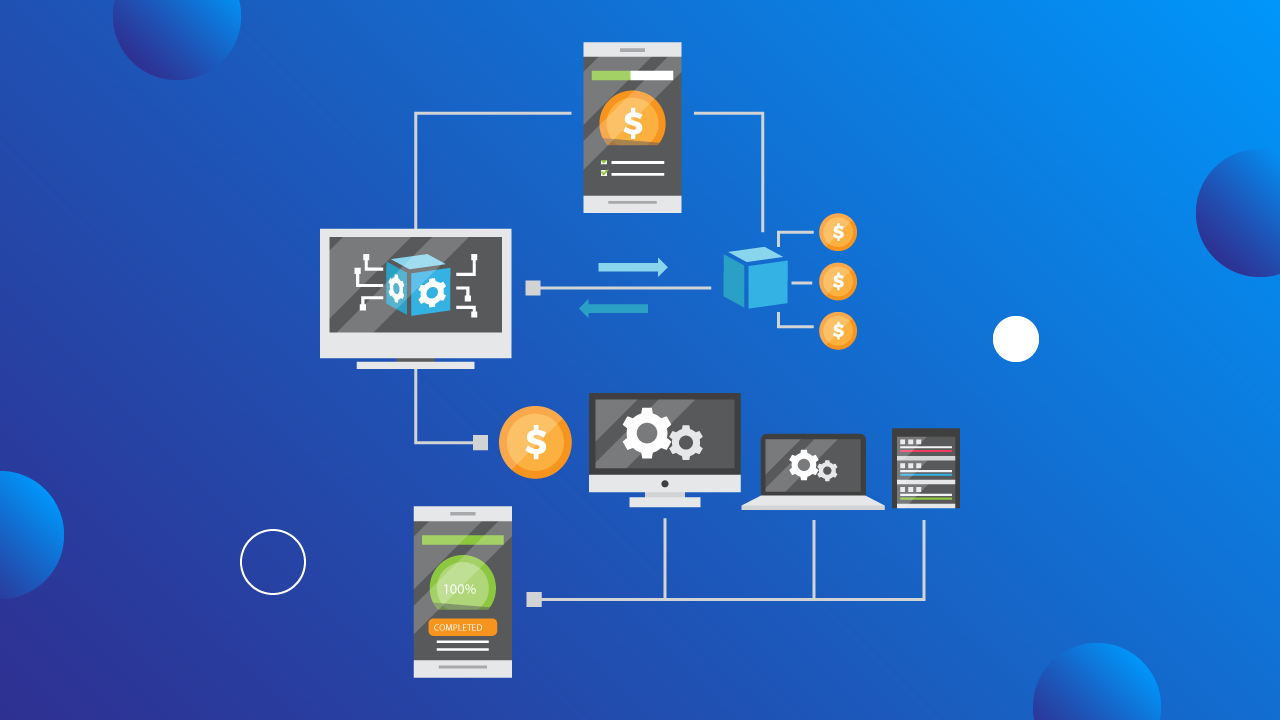
- Contextual Deep Linking: Contextual deep linking is a type of deep linking that allows companies to provide a more personalized experience for their users by determining where they should be redirected to within an app based on the context in which they access it. For example, a company might decide that users who access their app from a specific webpage should be directed to a different page than those who access it from another webpage.
- Deep Views: Deep views are a type of deep linking that allows companies to provide detailed information about a particular page or content within an app. These deep views act as a mini-website for the user, providing detailed information about what is available on the page and how to navigate it. Deep pictures can also capture user data, such as which pages they have visited, when they called them, and how long they stayed on each page.
- Deep Linking Services: Deep linking services are a type of deep linking that allows companies to automate the process of creating and managing deep links. These services provide tools such as analytics, optimization, and redirects, which help companies streamline their deep linking processes. In addition to these services, some also offer tools for tracking user engagement and measuring the effectiveness of deep links.
Best Practices for App Deep Linking
- Implement Universal Links: Use Universal Links to provide users with a seamless experience navigating between apps and websites.
- Monitor Performance: Monitor deep links’ performance regularly to ensure they work as intended and provide users with the correct information. – Track User Engagement: Leverage deep views and analytics tools to track user engagement and understand how users interact with the deep links.
- Optimize Links: Optimize optimization tools to ensure the deep links provide users with the best possible experience.
- Use Redirects: Use redirects to ensure that users who don’t have your app installed on their device are still able to access content within it.
- Test Links: Deep Test links regularly to ensure they work correctly and direct users to the correct page.
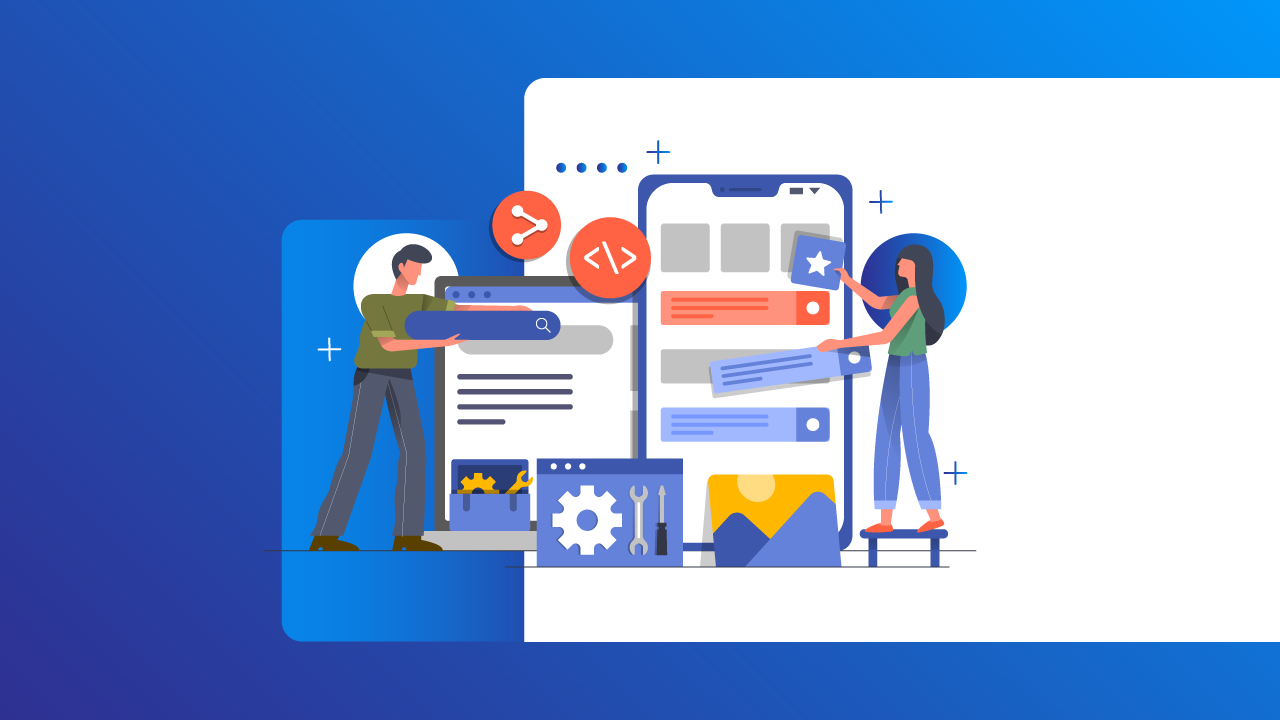
Deep linking is essential for providing users with a more seamless experience when navigating between apps and websites. By implementing the best practices outlined above, companies can ensure that their users can access the content they need with ease.
Challenges and Considerations with App Deep Linking
One of the main challenges when implementing deep linking is ensuring that links are correctly formatted and redirect users to the correct page. It is also essential to ensure that deep links can be accessed from all devices, as some older devices may not support certain connections. It is essential to measure that deep links are regularly tested and monitored to identify potential issues or areas for improvement.
Challenges of implementing deep linking there are also several considerations that companies must consider when using this strategy. For example, companies should consider how their app store pages are optimized for search engine results, as this can significantly impact user engagement.
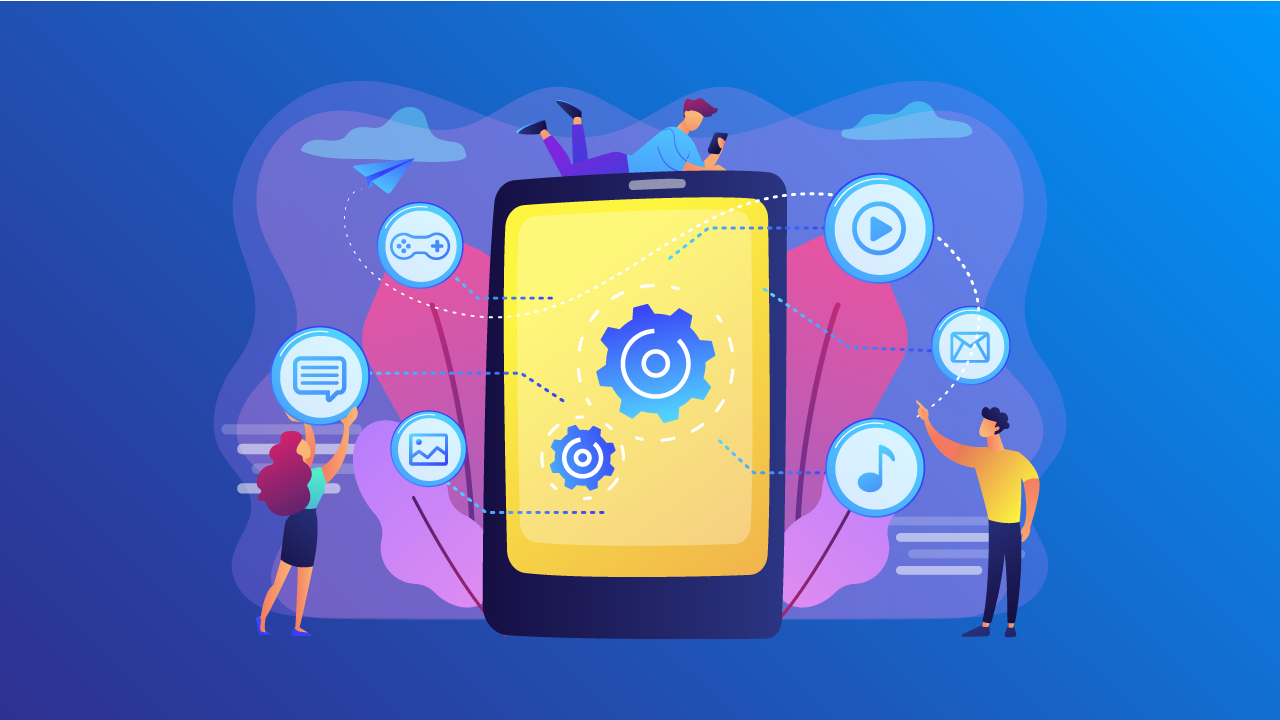
Companies should consider how they plan to track user engagement data to measure the effectiveness of their deep links. It is also essential to consider how contextual and deferred deep linking will be used to maximize user engagement. By considering these considerations, companies can ensure that their deep linking strategies are successful.
QUESTIONS AND ANSWERS
Q: What are some best practices for app deep linking?
A: Some best practices for app deep linking include using universal links, monitoring performance, tracking user engagement, optimizing links, using redirects, and testing connections.
Q: What challenges should companies consider when implementing deep linking?
A: Companies should consider the challenges of ensuring that links are appropriately formatted and redirecting users to the correct page. Additionally, companies should ensure their app store pages are optimized for search engine results, track user engagement data, and consider how contextual and deferred deep linking can be used.
Q: What is the primary purpose of deep linking?
A: The primary purpose of deep linking is to provide users with a more seamless experience when navigating between apps and websites. Deep links can link to specific content pages within an app, allowing users to access this content without manually searching for it.
Q: What should companies do to ensure their deep links are successful?
A: Companies should ensure their deep links are correctly formatted and redirect users to the correct page, monitor performance, optimize links, use redirects, and track user engagement.
Q: What is universal linking?
A: Universal linking is a link that allows apps and websites to communicate with each other and redirect users to the correct page within an app or website. It helps simplify the user experience by enabling users to access content within an app or website without manually searching.
CONCLUSION
In conclusion, deep linking is a powerful strategy for providing users with a more seamless experience when navigating between apps and websites. By leveraging best practices such as universal links, optimization tools, redirects, and tracking user engagement, companies can ensure that their deep links are successful. It is essential to understand the challenges and considerations associated with implementing deep linking to maximize user engagement. With the right strategy, companies can take advantage of deep linking to provide users with an enhanced experience.


